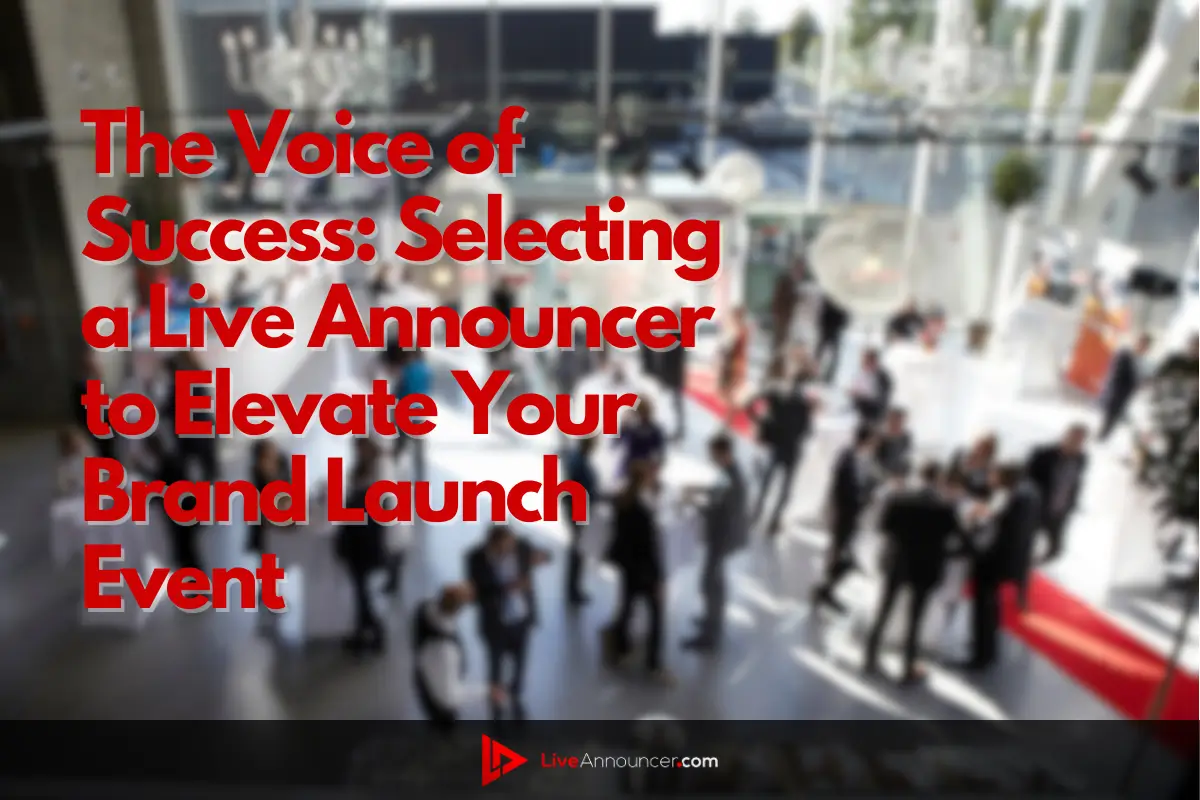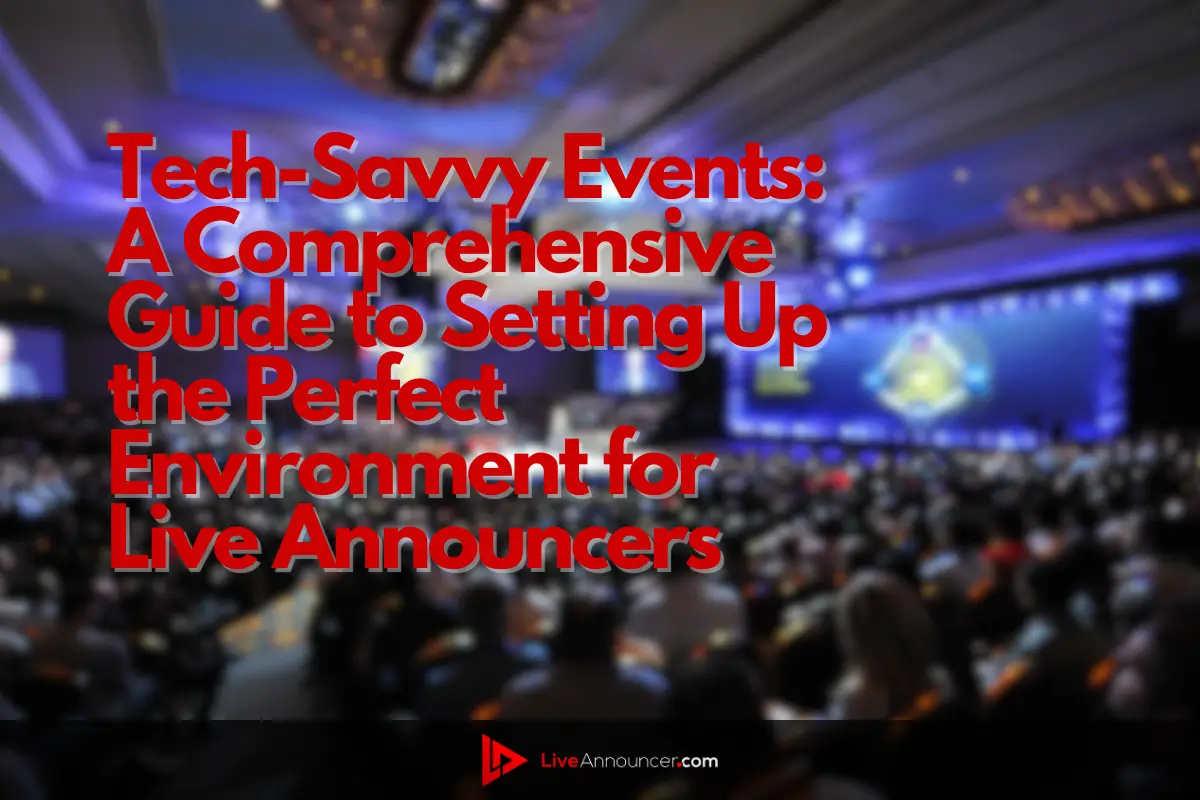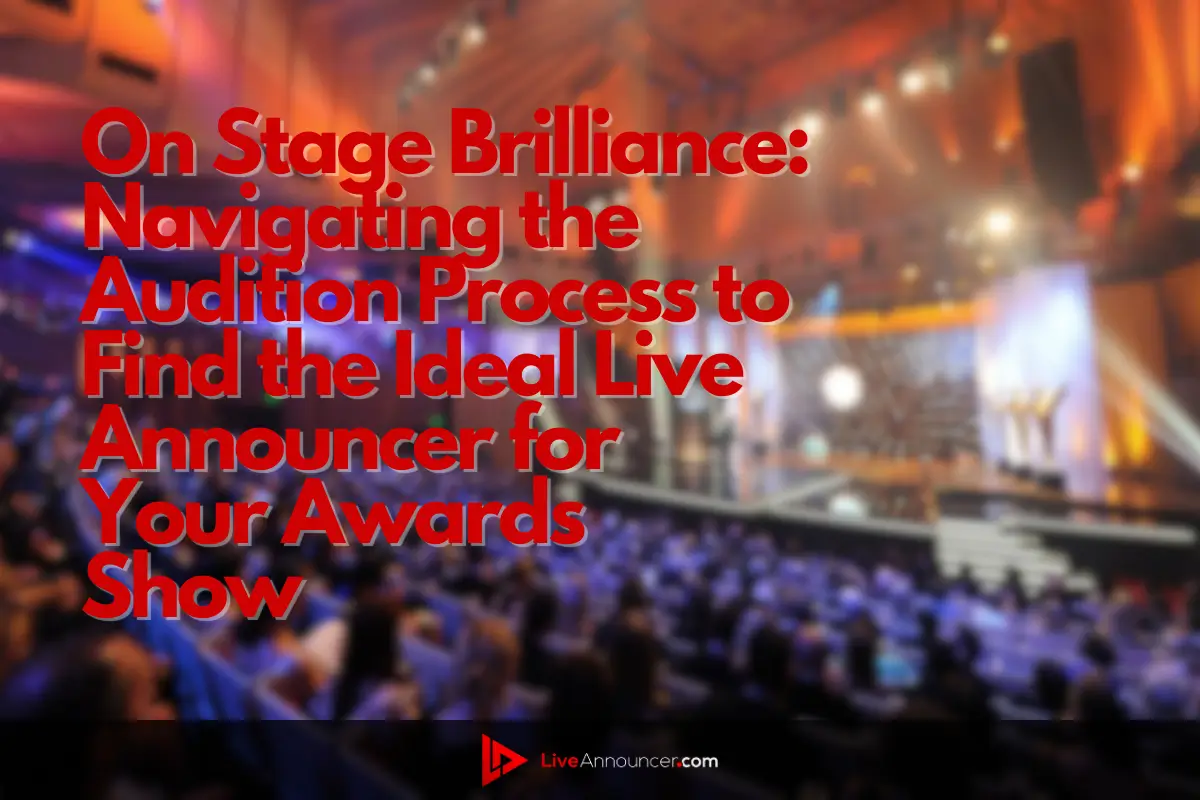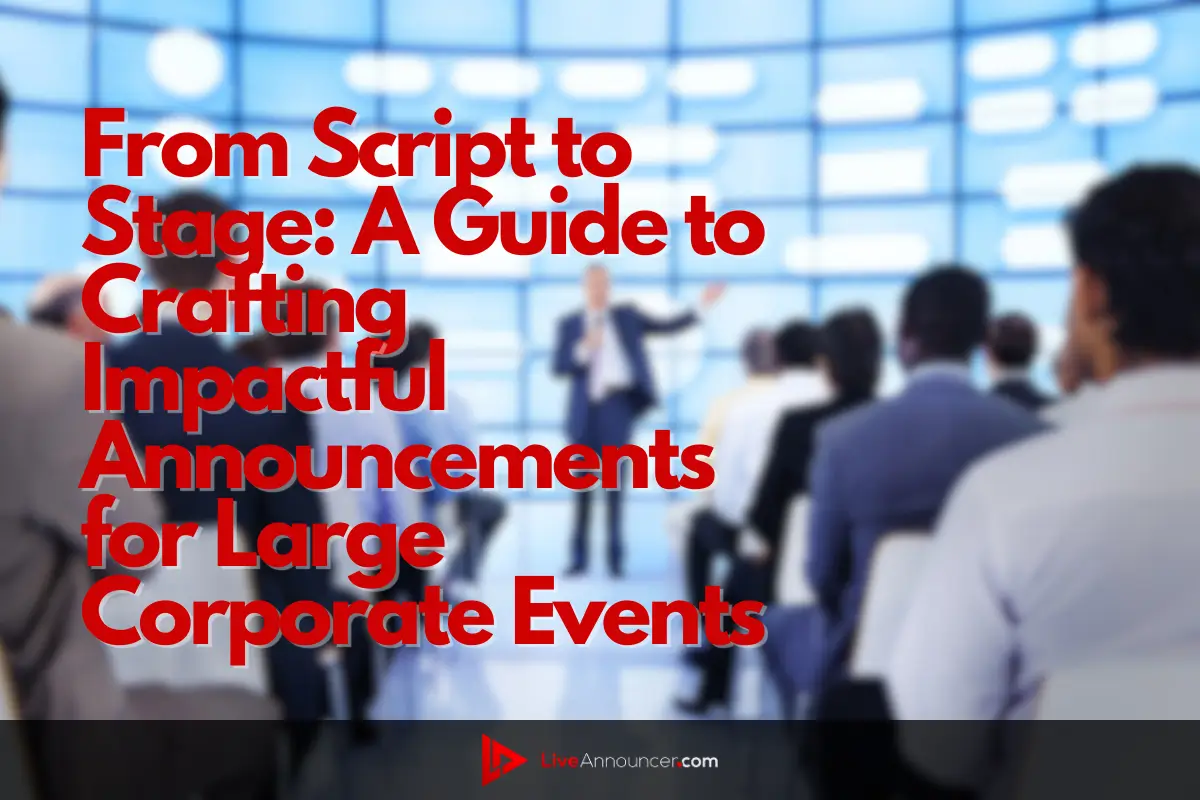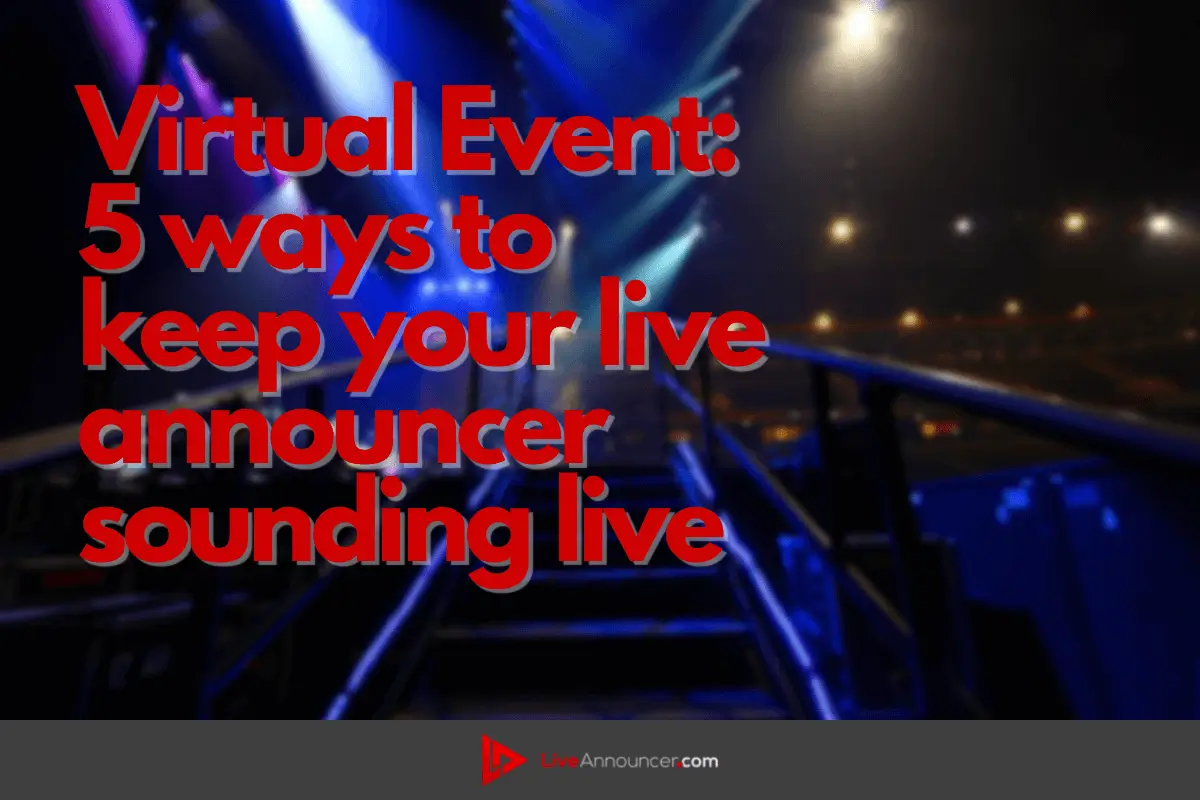
When holding a major event, the live nature of the proceedings are all part of the excitement for the crowd (and the honored guests). That's why it's so important that the sound quality stays consistent for the entire duration during virtual events, to give the energy you'd experience while actually being physically at the location.
Consider that for big events, such as the Grammy's, introductions and other scripted material of that nature are typically pre-recorded.
There are many reasons for recording this material instead of taking care of it live, in real time.
For example, you want to prevent mistakes, such as mispronouncing someone's name, and a recording of introductions will save you from this catastrophe.
Show producers need to time the events down to the second, so having prerecorded introductions helps to make sure you've budgeted your time correctly for the program.
The prerecorded announcer audio clips are made to sound live on the day of the event. Read on to learn more about the aspects of how to keep live announcers sounding live, whether they are actually there in person or if they recorded their remarks earlier.
Here's an overview of tools and techniques you can use to make the announcer sound "live."
There is a lot of gear to consider. You'll employ preamps and professional microphones. Audio quality is crucial for the success of an event whether it's live or virtual. When more than one announcer is involved, you'll plug their microphone feeds into a mixing board so you can keep the levels correct.
Use the equalization, also referred to as "EQ." Sound engineers rely on EQ to make a person's voice sound clearer. It enhances the tone so your audience can hear everything better. Conduct tests to make sure your EQ settings work properly as the announcer runs through line readings. Match sound levels. If your live audio during the virtual event is at a certain number of decibels but the recordings are much softer or are inappropriately louder, it will create a jarring effect in the audience.
You can't prepare too much. Your time as a producer is already stretched thin setting up all the details for the event. Hold a rehearsal with the crew and announcers, with a checklist to make sure you play the recordings at the exact time they're called for.
Don't try to get away with using compressed audio like MP3s. Use the raw WAV (Windows) or AIFF (Apple) files for your announcer recordings.
Harness the latest in software and technology by using a digital audio program that works in near real-time. "Nearly" real-time or NRT has to do with a time delay that you introduce between an audio event and the time the audience actually hears it.
Examples of software that offer this capability include:
* Source Connect
* ipDTL
* SessionLinkPRO
Think of the short, interstitial audio clips that you will need periodically during the virtual event. Get these out of the way ahead of time to cut down on work for the day of. You can create scripting that sounds as if it was live but is actually pre-recorded. For example, "The show will begin in 5 minutes."
If it Sounds Live, the Audience Should Perceive it as Being Live!
There's no need for your event's attendees to be aware that some parts of the program were actually prerecorded. Careful use of these various techniques to make the audio seem live will make the event an experience to remember.
